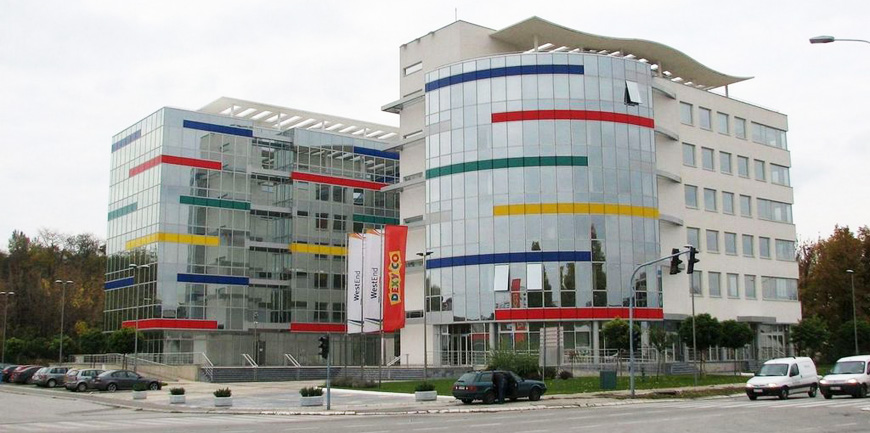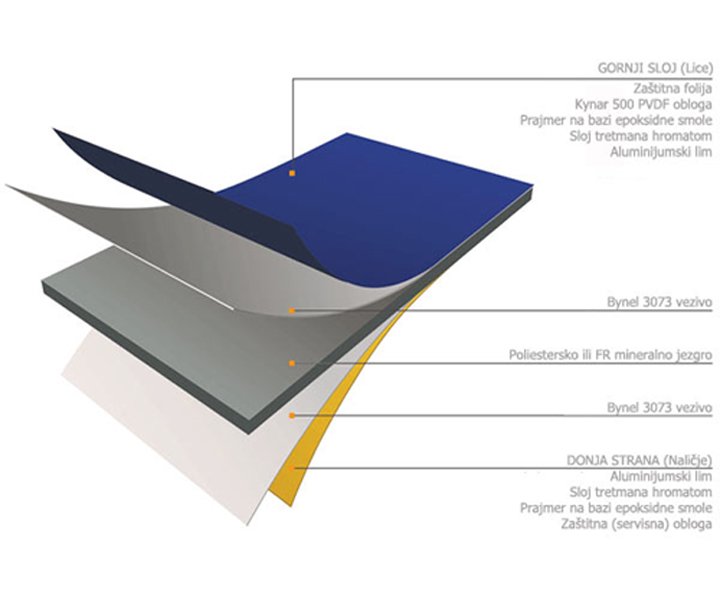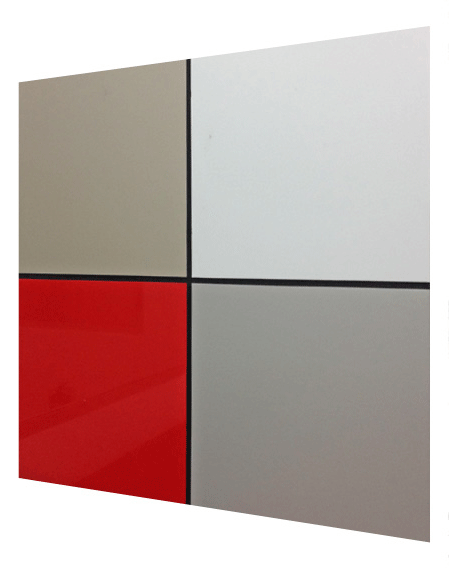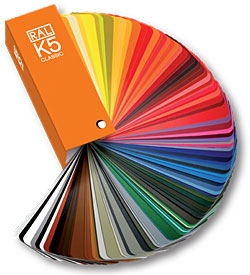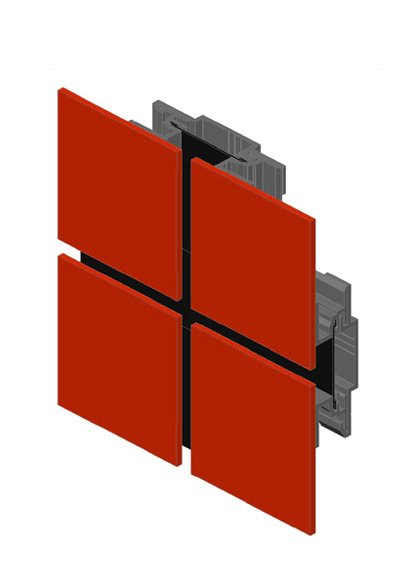Apart from the aesthetic point of view, there are a number of functional reasons what Alubond can provide for every home and building. One of the façade material that by its wide use can be observed, both here and in the world, is Alubond. Alubond is a good thermal insulator which reduces the cost of heating in winter and cooling in summer, and is especially of significance as these facades not need any special maintenance because they are extremely resistant to weathering.
Aesthetic experience is enriched by being Alubond facades available in all colors of the RAL, although it is usually applied in classic gray metallic paint.

